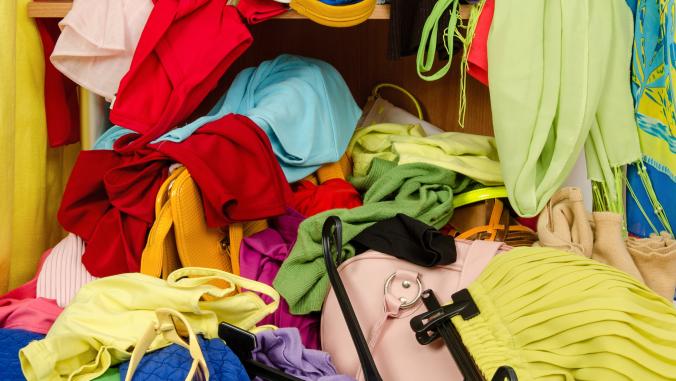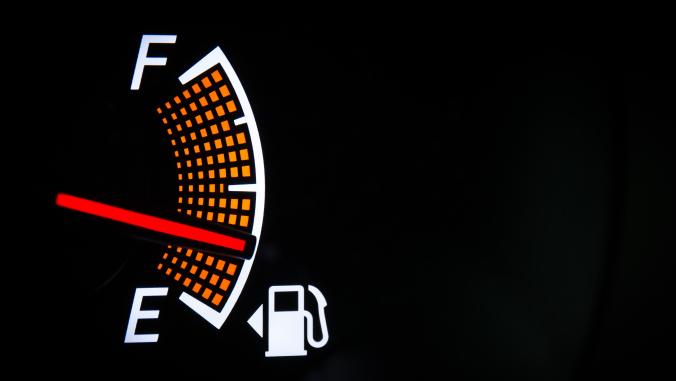P&G: A Bold Green Vision, But . . .
<p>Procter & Gamble, the world’s largest consumer products company, unveiled a bold new sustainability vision on Monday. But don't start the cheering yet.</p>

Procter & Gamble, the world’s largest consumer products company, today unveiled a bold new sustainability vision.
Don’t start the cheering yet.
Yes, the company eventually aims to power of all its operations with 100 percent renewable energy, to use 100 percent recyclable or renewable materials in all its products and to have no waste from the manufacturing or use of its products end up in landfills.
The vision is unimpeachable.
But the path to get there is not so clear.
And the reason to withhold applause? In the next decade or so, if P&G continues to grow, its environmental impact is more likely to get worse that it is to get better.
This is a fundamental conundrum for consumer goods companies with traditional business models and even the best of intentions: The more stuff they sell (and of course they want to sell more stuff), the more they pollute.
What P&G does matters, a lot. It’s an $80 billion company (annual revenues, for the year ended June 30). Its brands include Tide, Pampers, Crest, Gillette, Bounty, Cascade, Oral-B, Pepto Bismol, Ivory, etc. It reaches 4 billion -- 4 billion! -- consumers around the world and aims to reach 5 billion in the next five years. And like General Electric, P&G is an executive training machine; many ex-P&Gers (Meg Whitman, Steve Ballmer, Steve Case, many more) have gone on to do big things.
You can read a straightforward account of the P&G sustainability plan here at GreenBiz.com and a thoughtful (and favorable) analysis from my friend Joel Makower here. This is the latest iteration of P&G’s sustainability commitment, and the company has some meaningful accomplishments, as Joel reports. Just the past six months, P&G has:
- Introduced to the U.S. its Future Friendly campaign, born in Europe, a multi-brand and multi-platform effort to raise awareness about greener products and greener practices;
- Created a high-profile panel of sustainability experts to advise on its Future Friendly efforts;
- Launched a supplier scorecard to measure their environmental impacts;
- Reformulated a bestselling shampooto reduce toxins;
- Announced concentrated versions of powder laundry detergentsthat significantly reduce packaging and energy use; and
- Introduced sugarcane packaging to three of its shampoo and makeup brands.
Another good sign: P&G Chairman and Chief Executive Bob McDonald joined a conference call with Len Sauers, P&G’s sustainability chief, to announce the new vision. Having the CEO put his stamp on the message tells everyone at P&G that sustainability matters to the company.
So why not cheer?
First, these are all visionary long-term goals. No target dates are attached to them.
Second, P&G has been slow to develop this vision -- which is strikingly similar to the the one laid out by Walmart in 2005. Indeed, while comparisons are inevitably imperfect, my impression is that when you measure P&G against Walmart, the world’s biggest retailer, or GE, the world’s most admired industrial company, or IBM, whose Smart Planet work is path-breaking, P&G is moving more slowly and timidly than any of those iconic FORTUNE 500 firms. It’s also trailing innovative competitors like Method (See Revolution in the Laundry Room) and Seventh Generation. More evidence that P&G is following, not leading? P&G’s Tide, the market leader, trailed Unilever’s All in the race to shrink laundry detergent packaging.
Third, and most important, P&G is mostly talking about eco-efficiency, as Sauers, to his credit, acknowledges. To pick just one example, P&G’s interim goals for 2020 include a commitment to reduce “packaging by 20 percent per consumer use.” This won’t be easy, I’m sure, and it’s admirable. But … let’s assume that P&G grows by a not-unreasonable 25 percent over the next 10 years. The company will then be producing more packaging, not less, than it does today.
P&G also tends to measure its reductions of greenhouse gas emissions and water usage on a per-unit, rather than absolute basis. Strictly from a business standpoint, this makes sense because as the company buys and sells businesses, it needs a consistent metric against which to define progress. But, as I wrote back in 2008 at Fortune.com with respect to P&G (See Buy Toilet Paper, Save the Planet):
Relative efficiency doesn’t matter to the planet. What matters is how many tons of greenhouse gases are emitted, and most scientists say those numbers need to first stabilize and then go down, dramatically.
Like most companies, P&G is still wrestling with the challenge of how to grow revenues and limit its footprint at the same time.
Given that, let’s hope that P&G’s talent for innovation will be focused on making consumption more sustainable. This page on P&G’s website offers a few examples, some impressive, most not so. If P&G can persuade more consumers to use Tide Coldwater or, in Europe, Ariel Cool Clean, both of which eliminate the need to heat water for laundry, we’ll all be better off. Opportunities around sustainability also lie in emerging markets, from which much of P&G’s growth will come.
As Len Sauers told Joel & GreenBiz:
I have a firm belief that all issues of sustainability will be solved by innovation. And at P&G, one of our core strengths is innovation, so as we go down this path to tackle these issues that the world is facing, I believe it’ll be our innovative solutions that are very helpful there. I see this as business opportunity for the company.
At least P&G understands that eco-efficiency, by itself, will not get us where we need to go.
GreenBiz.com Senior Writer Marc Gunther is a longtime journalist and speaker whose focus is business and sustainability. Marc maintains a blog at MarcGunther.com. You can follow him on Twitter @marcGunther.





